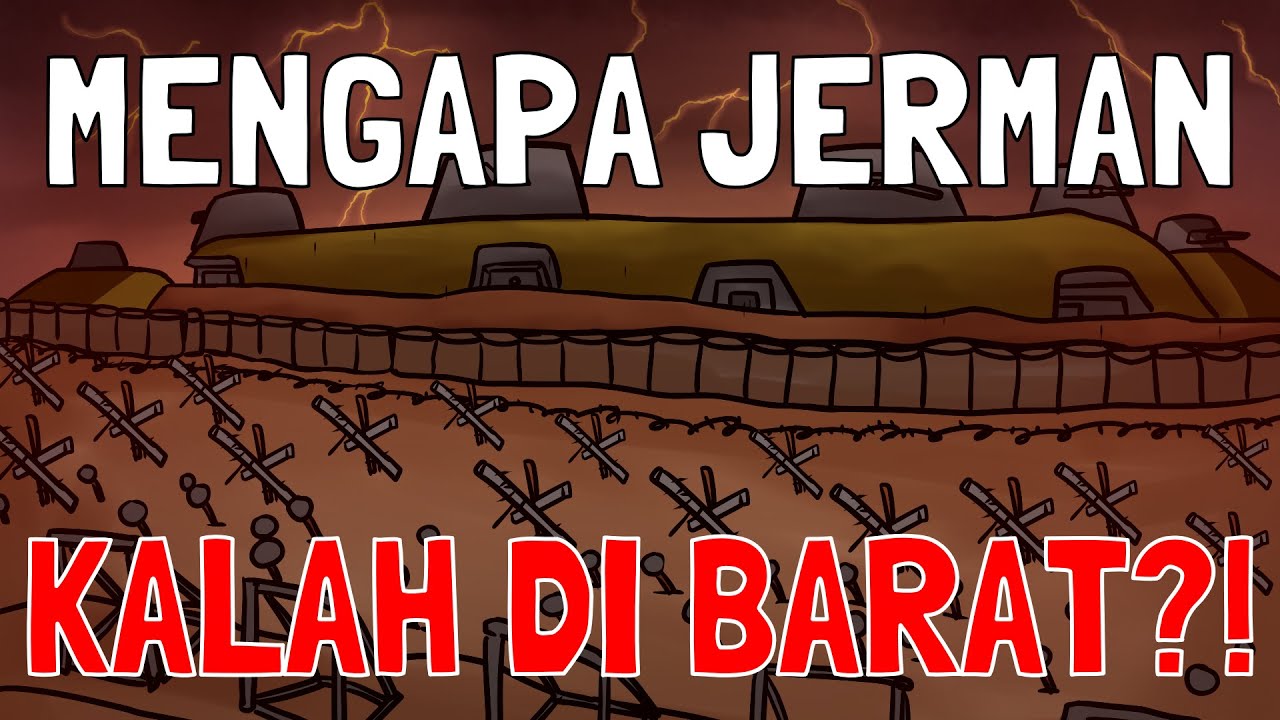Setting the Stage for Disaster: Japanese Invasion of the Philippines 1941 - Part 1
Summary
TLDRThe video script describes the strategic planning and military operations leading up to the Japanese invasion of the Philippines during World War II. It details the timeline of events, including early intelligence warnings, troop deployments, and tactical decisions by General Masaharu. The script emphasizes the urgency of the situation, with Japanese forces executing coordinated airstrikes and assaults to capture key islands and airfields. Despite preparation efforts by the Philippine Garrison, the eventual attack on the Philippines unfolds unexpectedly, changing the course of the war in the Pacific.
Takeaways
- 😀 Japan's early plans for invading the Philippines involved a multi-pronged approach, including air strikes and ground invasions.
- 😀 The invasion plan was scheduled to begin within hours of the attack on Pearl Harbor on December 7, 1941, aimed at capturing strategic airfields and locations on the islands.
- 😀 The Japanese forces planned to land on Bataan Island and in northern Luzon to secure airfields for further operations.
- 😀 After securing the airfields, the Fifth Air Group was tasked with providing close air support to the main invasion force, the 14th Army.
- 😀 The 48th Division, reinforced by tank regiments and infantry from the 16th Division, was to land north of Manila along Lingayen Gulf.
- 😀 A two-pronged attack strategy was used, with forces landing both north and south of Manila, aiming to take the city in the decisive engagement.
- 😀 The Japanese plan also included landing forces on the Pala Islands and advancing south towards Mindanao to secure further territories.
- 😀 General Masaharu’s orders included a tight 50-day timetable to seize Luzon, after which forces were to be redeployed to other locations.
- 😀 As early as November 1941, warnings about Japanese troop movements suggested an impending surprise attack on the Philippines or Guam.
- 😀 The final alert on November 27, 1941, indicated that Japan's negotiations had broken down, and an aggressive move by Japan was imminent, prompting McArthur to order defensive preparations in the Philippines.
- 😀 The Philippine garrison was ordered to take up defensive positions starting December 1, 1941, although the full scale of the threat would only be realized later.
Q & A
What was the main objective of the Japanese attack outlined in the plan?
-The main objective was to secure key airfields and establish air superiority over the Philippines, followed by a ground invasion to capture strategic locations, including Manila.
When was the planned Japanese attack supposed to begin?
-The planned attack was set to begin on the first day of the war, just hours after the attack on Pearl Harbor.
What were the specific locations targeted for Japanese landings during the attack?
-The targeted landing sites included Batan Island, Aparri, Vigan, Legaspi, and Lingayen Gulf, as well as Layman Bay and other locations in Mindanao.
What was the role of the Fifth Air Group in the Japanese invasion plan?
-The Fifth Air Group was tasked with providing close air support to the main invasion force once airfields had been secured, ensuring air superiority over the Philippines.
How was the 48th Division expected to advance during the invasion?
-The 48th Division, reinforced by two tank regiments and an infantry regiment from the 16th Division, was to land north of Manila at Lingayen Gulf, advancing towards the capital.
What was the strategic importance of Manila in the Japanese invasion plan?
-Manila was the focal point of the invasion, with a decisive engagement expected to occur there. It was central to the Japanese plan for controlling the Philippines.
What was the role of the 56th Division in the invasion?
-The 56th Division was stationed on the Pala Islands and tasked with landing in Southern Mindanao to capture Darau and its airfield, establishing a base for further southern expansion.
What time frame did General Masaharu have for the seizure of Luzon?
-General Masaharu had only 50 days to capture Luzon, after which the 48th Division and air units were to be redeployed further south as needed.
What significant warning did the Asiatic Fleet headquarters receive in November?
-The Asiatic Fleet received warnings that Japanese troop movements indicated an aggressive move, potentially including an attack on the Philippines or Guam.
How did General MacArthur respond to the warnings of a Japanese attack?
-Upon receiving the final alert on November 27th, General MacArthur ordered the Philippine Garrison to prepare for a Japanese attack, with forces beginning to move to assigned beach defense positions by early December.
Outlines

Esta sección está disponible solo para usuarios con suscripción. Por favor, mejora tu plan para acceder a esta parte.
Mejorar ahoraMindmap

Esta sección está disponible solo para usuarios con suscripción. Por favor, mejora tu plan para acceder a esta parte.
Mejorar ahoraKeywords

Esta sección está disponible solo para usuarios con suscripción. Por favor, mejora tu plan para acceder a esta parte.
Mejorar ahoraHighlights

Esta sección está disponible solo para usuarios con suscripción. Por favor, mejora tu plan para acceder a esta parte.
Mejorar ahoraTranscripts

Esta sección está disponible solo para usuarios con suscripción. Por favor, mejora tu plan para acceder a esta parte.
Mejorar ahoraVer Más Videos Relacionados

Bagaimana Jerman Kalah dalam Pertempuran di Front Barat? - Invasi D-Day (FULL)

IB History: The Move to Global War-German Expansion 1938-1939

Ep#3: Why & How Did Japan Start World War 2 | Japan in World War 2 - Explained in Hindi

PERANG PASIFIK JEPANG VS AMERIKA - AWAL HINGGA AKHIR

Ep#8: Why Germany Invaded Poland: How Did Hitler Plan & Attack Poland in 1939 to Start World War 2?

Perang Tarakan | Indonesia Mengingat
5.0 / 5 (0 votes)
